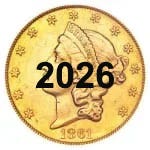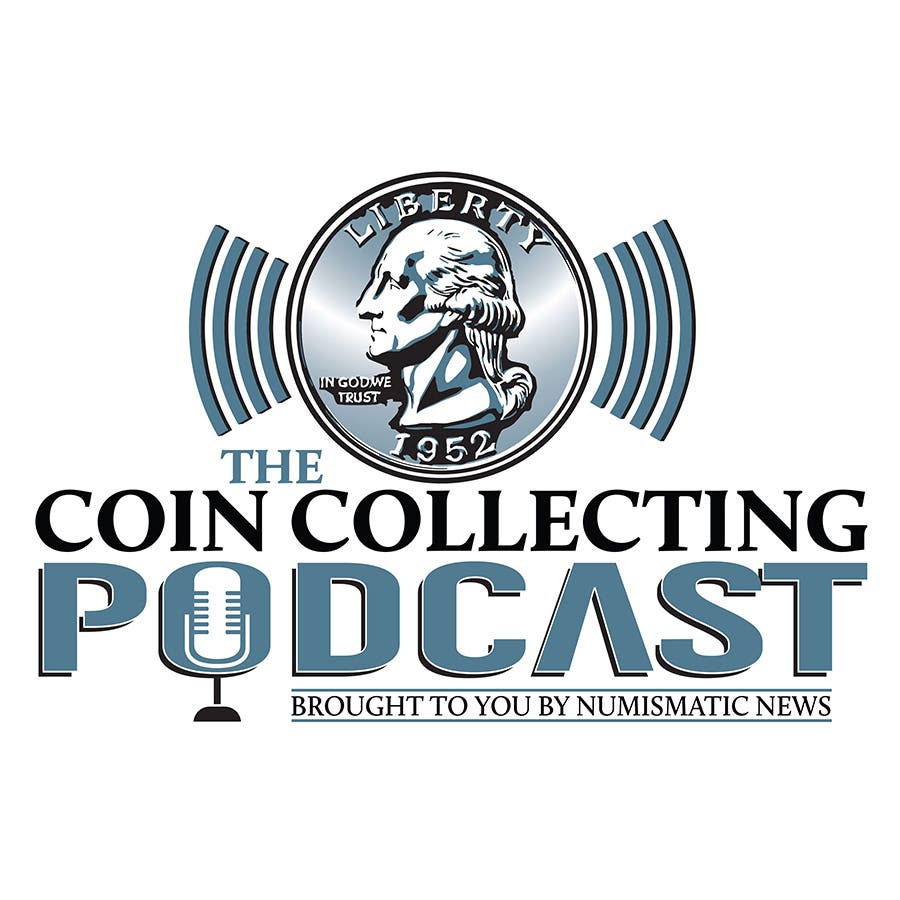Coin Clinic: Nov. 19, 2019
Do you have statistics on the Lincoln cent die life? In 1909, the Lincoln cent dies were listed as 150,000. In 1914, Denver cent dies averaged 198,833. By the 1970s…
Do you have statistics on the Lincoln cent die life?
In 1909, the Lincoln cent dies were listed as 150,000. In 1914, Denver cent dies averaged 198,833. By the 1970s new steels and hardening raised them to more than a million for the obverse and 1.2 million for the reverse. By 1980, the average cent die life was down to 850,000. The introduction of the copper-plated zinc cents in 1982 dropped the average by 100,000. By 1985, however, the obverse dies were averaging 680,000 but the reverse dies were getting 850,000 strikes.
A confusing problem: Some sources list the 1827 quarters as regular issues, some as proofs, including the one sold in the Garrett sale. Please clear this up.
Mint records list a mintage of 4,000, but R.W. Julian believes these were struck with 1825 dates. Walter Breen, in his book on proofs, estimates “12 1827 proofs” and lists the pedigrees for nine of them. The Garrett piece, sold for $190,000, is one of the four proofs obtained by Joseph J. Mickley directly from the Mint in 1827. Julian mentions one known 1827 circulation strike and elsewhere describes the proofs as “technically and legally...medals struck with coinage dies.”
Do you have a list of private mints in the U.S.?
Unfortunately, there is no complete listing of the private mints that I am aware of. Hundreds of mints sprang up during the silver art bar boom in the 1970s, but most closed their doors when the boom broke. It would have been helpful if you had indicated what your interest was, as I could possibly have steered you to some specific mints that would fit your requirements. If anyone has a list, you might send it along as we can always use it to refer to. We get one or two letters a month asking for private mint information.
I was given a roll of 1970-S nickels, but when I tried to sell them I was told they weren’t proofs. How can this be?
The San Francisco Assay Office was reopened in 1968 with the principal function of striking proof coins, but it also struck circulation strikes in various years with an “S” mintmark, including the SBA dollars as well as cents and nickels. Your ’70-S nickels are normal circulation strikes.
Was the fire at the Mint the cause of the 1815 gap in cent production?
The real cause was a serious shortage of copper. The fire actually wasn’t until January 1816 and only damaged part of the rolling mill operation. The War of 1812 caused a shortage of copper. When cent production was suspended in 1815, it was the only year they haven’t been coined since 1793. This gap led to numerous fantasy counterfeits dated 1815.









